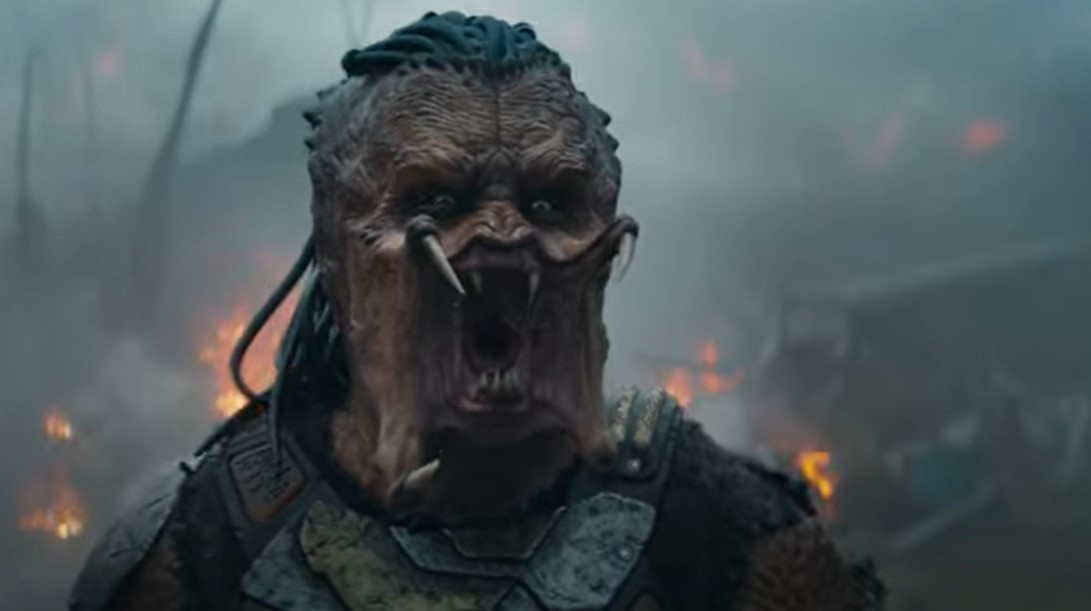The Girl Who Played with Fire - Stieg Larsson screen sequel fails to ignite

The Girl Who Played with Fire will probably bewilder anyone who hasn’t read Swedish writer Stieg Larsson’s hugely popular Millennium trilogy of crime thrillers - and peeve those who have.
For all the books’ fans’ prior misgivings, the first film of the trio – The Girl with the Dragon Tattoo – worked surprisingly well on screen.
It got the casting right - Noomi Rapace as punk-Goth computer hacker Lisbeth Salander and Michael Nyqvist as campaigning journalist Mikael Blomkvist both nailed their roles, more than living up to readers’ expectations.
It did an excellent job of streamlining Larsson’s fiendishly intricate 500+ page plot into around two and a half hours of screen time.
And it looked good too – thanks to director Niels Arden Oplev’s cool eye for the chilly gloom of Sweden’s wintry landscapes.
Rapace and Nyqvist are back in the sequel and they’re equally fine this time, although they can’t, obviously, recapture the startling impact their characters made with their screen debuts.
The blame for the sequel’s failings lies elsewhere.
Get the What to Watch Newsletter
The latest updates, reviews and unmissable series to watch and more!
There is a new team at the helm of The Girl Who Played with Fire - a new director (Daniel Alfredson), a new screenwriter and a new cinematographer – and they should all have red faces.
Where the first film pinned you to your seat as its mystery unfolded, the plodding pace of the sequel will leave you fidgeting.
To be fair, The Girl with the Dragon Tattoo benefited from being a self-contained story, a locked-room whodunit that was inherently puzzling and gripping. The Girl Who Played with Fire sits awkwardly in the middle of a longer narrative arc. It has to pick up the threads of the first story and then leave them dangling when it ends.
The new movie does deepen our understanding of the spiky Salander, the semi-autistic computer genius with multiple piercings and a photographic memory. We learn more about her damaged past and discover why she reacts with such scalding ferocity when she encounters men who commit crimes against women.

This time, the plot’s mainspring is an exposé into sex trafficking being planned by Blomkvist’s colleagues on radical magazine Millennium. This investigation is interrupted, however, by a series of murders - but as the culprit is soon revealed to the viewer, there’s little suspense involved in the quest to unmask the killer.
There’s also disappointment for the viewer in the fact that the story keeps its leading characters apart for very nearly its entire length. The prickly rapport between Salander and Blomkvist was one of the first film’s greatest pleasures.
As the new film trudges wearily towards its (fudged) denouement, viewing pleasure is sadly hard to come by.
Normally, the idea of Hollywood remakes of foreign films fills me with dread. But if David Fincher, Daniel Craig and Mara Rooney make a good fist of The Girl with the Dragon Tattoo, perhaps they’ll also do justice to The Girl Who Played with Fire.
On general release from 27th August.
A film critic for over 25 years, Jason admits the job can occasionally be glamorous – sitting on a film festival jury in Portugal; hanging out with Baz Luhrmann at the Chateau Marmont; chatting with Sigourney Weaver about The Archers – but he mostly spends his time in darkened rooms watching films. He’s also written theatre and opera reviews, two guide books on Rome, and competed in a race for Yachting World, whose great wheeze it was to send a seasick film critic to write about his time on the ocean waves. But Jason is happiest on dry land with a classic screwball comedy or Hitchcock thriller.












